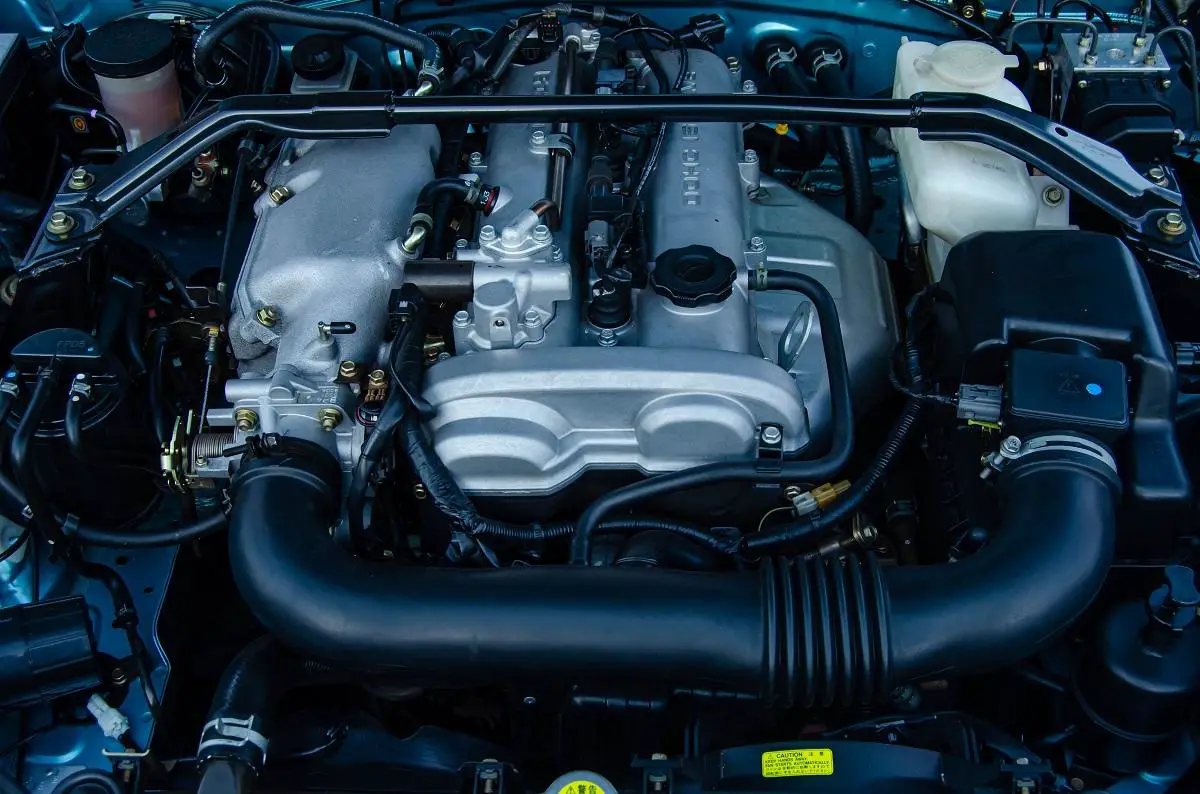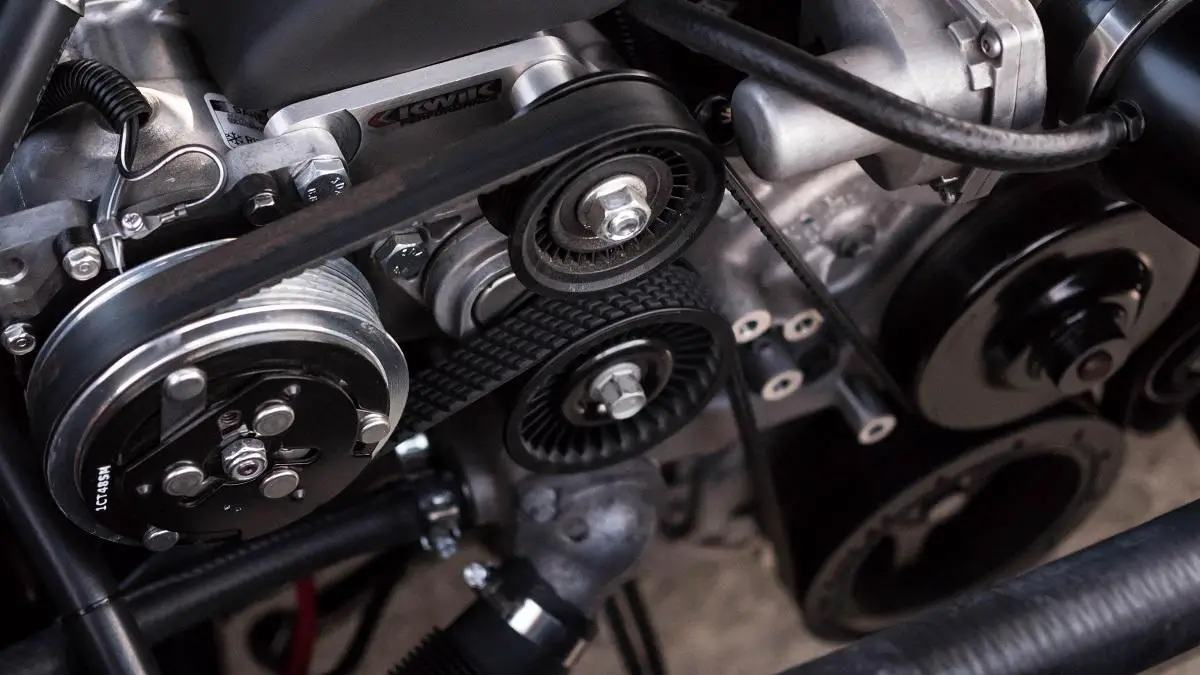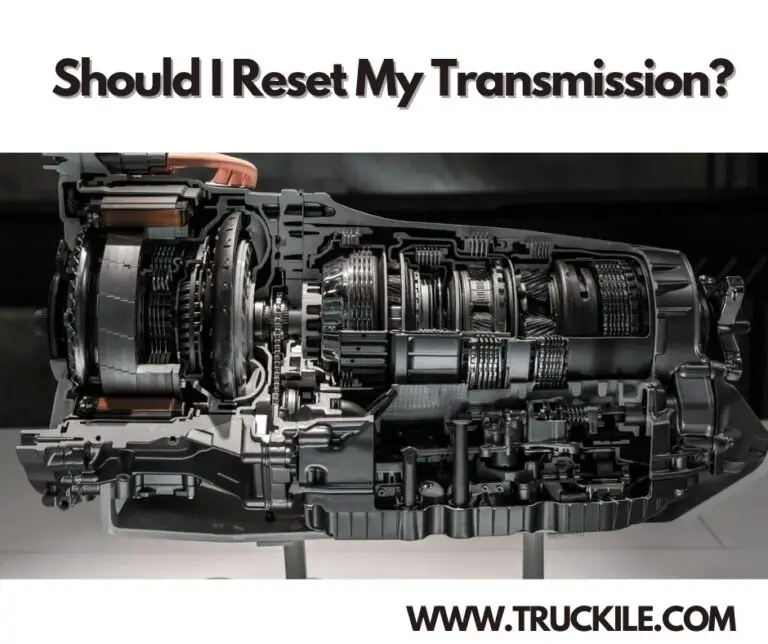The Comprehensive Guide to Engine Parts to Bring Back the Zoom-Zoom in Your Miata
 If you want your hands wrapped around iconic automotive history, look no further than the Mazda MX-5. This car has topped more than 1 million sales since its debut in 1989, making it the best-selling two-seater roadster ever.
If you want your hands wrapped around iconic automotive history, look no further than the Mazda MX-5. This car has topped more than 1 million sales since its debut in 1989, making it the best-selling two-seater roadster ever.
The timeless design has gradually evolved, but the car retains its approachability and driving fun. It’s lightweight and compact, has superb handling and just enough power in all engine variants. What’s more, it’s one of the cheapest ways to get your kicks on four wheels.
Early NA models with the hard-revving 114 bhp 1.6-litre twin cam inline-four paved the way for the success story that was to unfold. It proved a worthy basis for modifications and spawned the 144 bhp 1.8 litres in subsequent models.
The 2-litre engine, with all 181 of its horses, is today’s top-of-the-line, propelling the vehicle from a standstill to 62 miles per hour in less than 6 seconds. It’s fast enough to outperform many hot hatchbacks and put more than a few hot hatches to shame.
All four model variants are reliable, even well-maintained 30+ year cars. Like all cars, minor quibbles are understandably unavoidable. But, it’s nothing to worry about if you get proper replacement Mazda MX-5 engine parts.
And it’s not particularly hard to find them, considering how many Miatas are roaming UK streets. Owners also have the option of adding a little more power and performance to the already decent push and shove even in the base 1.6.
Servicing a Tired Miata
 New ND models have a 3-year/60,000 miles warranty and will rarely have any issues. However, older cars, especially those with extensive use or higher numbers on the odometer, will.
New ND models have a 3-year/60,000 miles warranty and will rarely have any issues. However, older cars, especially those with extensive use or higher numbers on the odometer, will.
But even here, Mazda MX-5 engine issues are few and far between and generally the exception, not the rule. Some more common problems to show up include the following.
Faulty Throttle Body
The throttle body controls the amount of air coming in for combustion. Any issues with the throttle will lead to rough idling, gradual or sudden loss of power, difficulty accelerating, and the car stalling. Any of these symptoms are accompanied by the check engine light.
The reasons for this are often a simple buildup of dirt in the throttle body or damage to the wiring. An OBD code scanner can diagnose what exactly is going on. The same applies to all parts on this list.
You can find replacement throttle bodies for a few quid from parts dealers, both new or used. Ensure that you get one that is the right fit for the engine and model variant.
O2 Sensors
If your Miata is getting poor mileage, coughing up black smoke, or producing a bad (rotten egg) smell from the engine bay, chances are it has a failed Oxygen sensor. The sensor monitors the fuel and air mix after it is combusted, or more precisely, how much-unburned oxygen is in the exhaust. Like throttle bodies, these are inexpensive to replace.
Driving with a faulty O2 sensor, though, can mean that you’ll soon be clogging up the catalytic converter. If the check engine light doesn’t disappear after changing the O2 sensors, there’s a likelihood of other unresolved fuelling or ignition issues.
Airflow Meters
These go by different names (Mass Airflow Meter –MAF also being common) and monitor the amount of air coming into the engine. It relays this info to the car’s ECU to let it determine the right air and fuel ratio.
A dirty or faulty airflow meter won’t be able to do its job and lead to the Miata having difficulty or hesitation on startup or when accelerating, rough idling, having a rich fuel-to-air mixture causing black exhaust smoke, and abnormally high fuel use. The issue is more common in NA variants in the 1.6 and 1.8-litre engines.
EGR Valves
An EGR or Exhaust Gas Recirculation valve connects the exhaust manifold to the intake manifold. It recirculated the flow of nitrogen oxides in the engine and is directly related to emissions. It also helps optimise fuel and air ratios without relying on outside air, which can affect performance.
The symptoms of a defective EGR valve are similar to those of bad throttle bodies airflow meters and O2 sensors – reduced mileage, rough idling, loss of power and higher emissions in addition to pronounced engine knock. The problem is largely confined to 1.8 and 2-litre engines in the NB and NC Miata.
More Serious (and Costly) Problems

Oil Leaks
Gaskets are known to give up in any car, and the Miata is no different. It is one of the main reasons behind oil leaks. Head gaskets seal the cylinders from the oil, and coolant and blown gaskets can wreak havoc. Oil loss can cause engine compression to drop, oil and coolant to mix, and white exhaust smoke from the engine burning oil. If left unattained, the engine will overheat and eventually seize due to friction.
Signs of punctured or hardened gaskets are oil accumulating under the car, the sweet smell of burning coolant, and the car reaching working temperatures faster than usual.
Faulty Timing Belts
A related issue is faulty timing belts. These ensure that the camshaft (and inlet/outlet valves and engine internals) and the crankshaft work in sync.
A frayed or cracked belt and gaskets between the engine block and timing belt cover that are worn will leak oil. Also concerning is a Miata that won’t start at all (with the clicking sound of the starter followed by a void), ticking sounds that signal to mistime between cams and cranks, and misfires due to a slipping belt that leads to valves opening and closing at the wrong time.
Diagnosing issues with a faulty timing belt on time can save you from other expensive repairs down the road (damaged or shattered pistons, conrods and valves). Look for replacement belts or kits including camshaft tensioner and idler pulleys and tensioner springs.
Slipping Clutches
A slipping clutch is one that doesn’t transfer power from the engine to the wheels. Instead, you’ll hear gurgling or rumbling noises with the clutch pedal down, a sticky or spongy clutch pedal, difficulty changing gears, sudden judder or jolting, a burning smell at higher RPMs and loss of acceleration.
This can be due to overheating pressure plates, issues with warped flywheels, leaky slave or master clutch cylinders (resulting in loss of clutch pedal feel), and worn clutch discs. Replacement kits are easy to find. There’s just some work involved.
Final Word
 A few minor glitches can negatively impact the level of fun you get out of the Miata. Then again, these are common in other cars as well, and most with much higher price tags. The good news is that Mazda MX-5 engine parts are cheap and readily available (Mazda has restarted making original parts for all Miata models) and will bring back the performance your car deserves.
A few minor glitches can negatively impact the level of fun you get out of the Miata. Then again, these are common in other cars as well, and most with much higher price tags. The good news is that Mazda MX-5 engine parts are cheap and readily available (Mazda has restarted making original parts for all Miata models) and will bring back the performance your car deserves.
Once you have these niggles sorted out, you can then go for the whole hog for the ultimate power and performance. You can put in a turbo, get a beefier air intake and a higher-rated exhaust.
Or improve fueling and timing with changes to the cams, fuel pumps and injectors, and add a few horsepowers by skimming the cylinder heads and porting the valves. If that isn’t enough, then getting a complete engine swap (the 1.8 instead of the 1.6) is a relatively cheap alternative.
All Miata engines are rock solid (some have seen 300+ thousand miles) and ready to take on all the mods you can dream of.

Joe lives and breathes cars and trucks. After many years working in the Auto industry, he decided that it is only right to share his knowledge with the public. As a qualified expert in trucks and cars, he started working for Truckile.com and is the main editor and publisher.






